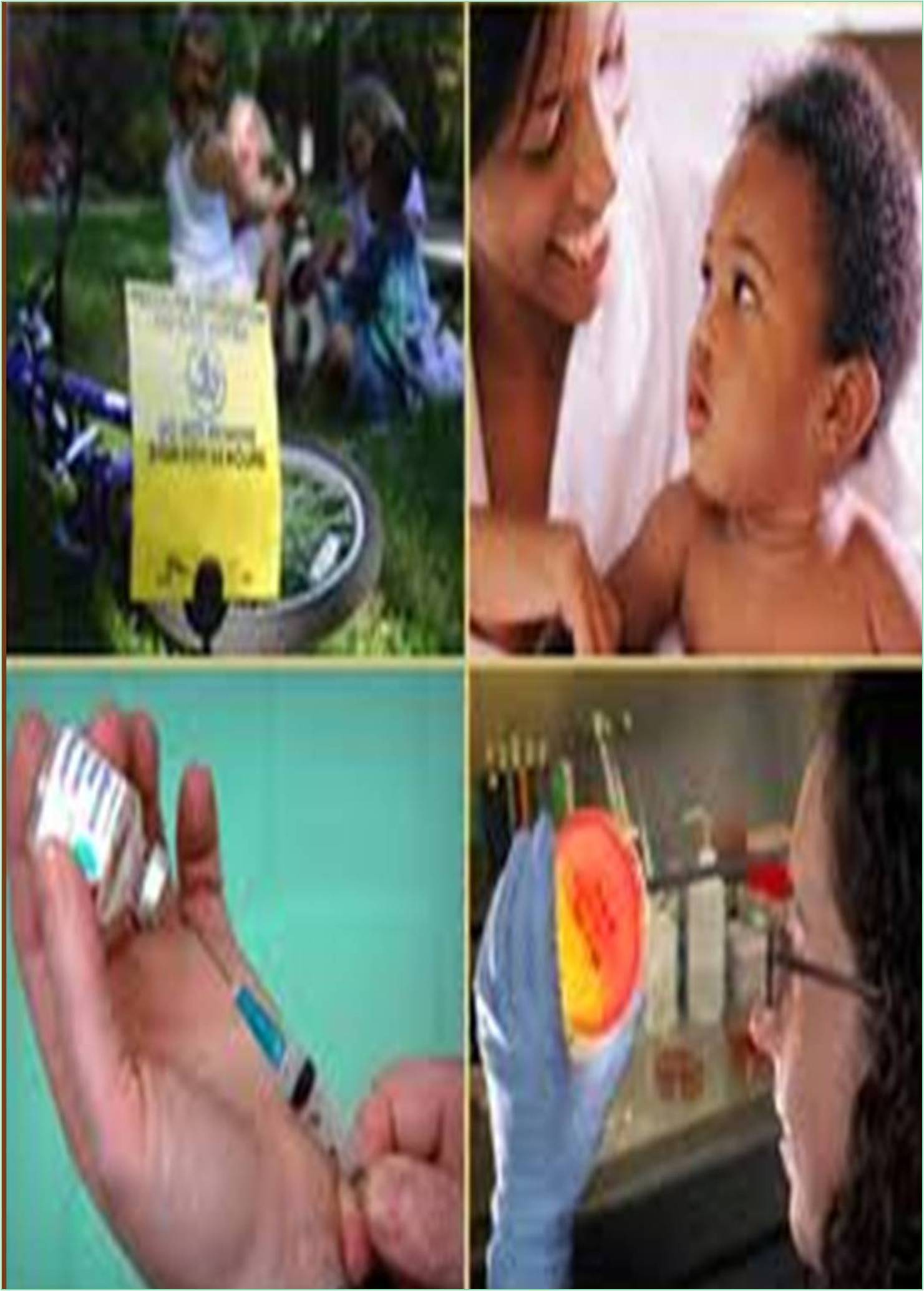



Received: 03-Aug-2022, Manuscript No. GJPHE-22-74744; Editor assigned: 05-Aug-2022, Pre QC No. GJPHE-22-74744 (PQ); Reviewed: 19-Aug-2022, QC No. GJPHE-22-74744; Revised: 26-Aug-2022, Manuscript No. GJPHE-22-74744 (R); Published: 05-Sep-2022, DOI: 10.15651/2465-7557.22.10.224
Health economics is a branch of economics that studies effectiveness, efficiency, significance, and behavior in the consumption and production of health care services (Fuchs, 2000). Health economics is crucial in determining how to improve people's health and lifestyle patterns by interacting with individual people, healthcare providers, and clinical settings. Health studies examine the procedure of healthcare systems as well as healthrelated behaviors such as smoking, diabetes, and obesity (Phelps, 2017). The study of health care providers, hospitals and clinics, healthcare organizations, and public health programs, health economics is used to promote healthy lifestyles and positive health outcomes.
One of the most difficult aspects of health care economics is that it doesn't respond to standard economic requirements. The third-party payer system of insurance companies and employers frequently hides cost and quality. Furthermore, Quality Adjusted Life Years (QALY) is one of the most commonly used therapy measurements, it is difficult to quantify and depends heavily on assumptions that are frequently unreasonable. Limited supply and demand, differences between need and demand, increased cost, underestimating, time horizons, earnings, efficiency, and equity all are concepts in health economics (Santerre et al., 2012).
Health economics is a relatively new field of practice, utilizes economic theory to maximize the use of limited resources, and improving health care quality and trying to promote evidence-based medical practice (Sloan et al., 2017). Economic evaluation methodology is divided into three categories: Cost-Effectiveness Analysis (CEA), Cost-Utility Analysis (CUA), and Cost-Benefit Analysis (CBA). Healthcare systems analyze various types of financial information, including costs, charges, and expenditures. Lack of certainty is essential in healthcare, both in terms of patient outcomes and financial concerns.
The information gap that exists between a physician and a patient creates a circumstance in which the physician has a major benefit, which is referred to as asymmetric information (Zweifel et al., 2009).
Environmental costs begin at frequently when discussing health and health care, especially in the context of health impacts such as infectious disease or opioid abuse. Creating the effort to avoid collecting the common cold for example, has an impact on people other than the decision-makers, as well as locating long-term, socially responsible, and effective solutions to the opioid epidemic. Modern health economics has developed into a leading interdisciplinary science that connects the gap between economic theory and health care practice, including support for diversity in various sub-disciplines and research fields. The 2019 Coronavirus Disease (COVID-19) is causing significant inequalities in the United States. Humans develop an agent-based model to investigate the variability correlations of non - pharmaceutical treatments on different communities, and humans verify the results by using data collected in the United States.
Humans simulate viral transmission and the subsequent deterioration of economically disadvantaged and privileged populations' economic conditions. Our statistics data that the trade-off between COVID-19 deaths and despair deaths, depending on the lockdown level, exists only in the disadvantaged socioeconomic population. Furthermore, overpopulation in residents is a strong predictor of infection rates. The method is also generates a new insights that fill gaps along with data analysis. Whereas subsidies help to complete the socioeconomic gap in desperation deaths, the combination of testing, infection prevention and control is effective in reducing disparities in both types of deaths and findings contribute to policy modeling techniques and evaluation for reducing inequality in the incident of a pandemic. Mental health economics includes a wide range of subjects, from pharmacoeconomic to labor economics and welfare economics. The ability of individuals affected to contribute as human resources can directly connect mental health to economics.
Difficult decisions in health care are inevitable, and there is an increasing focus on making decisions that are specific and acceptable. Although health economics has methodological limitations, it can provide us with useful principles and concepts that help humans more clearly about the implications of resource decisions.
Fuchs VR (2000). The future of health economics. J Med Econ. 19(2):141-157. [Crossref] [Google Scholar]
Phelps CE (2017). Health economics. Routledge. 526. [Crossref] [Google Scholar]
Santerre RE, Neun SP (2012). Health economics. South-Western. [Google Scholar]
Sloan FA, Hsieh CR (2017). Health economics. [Google Scholar]
Zweifel P, Breyer F, Kifmann M (2009). Health economics. [Google Scholar]